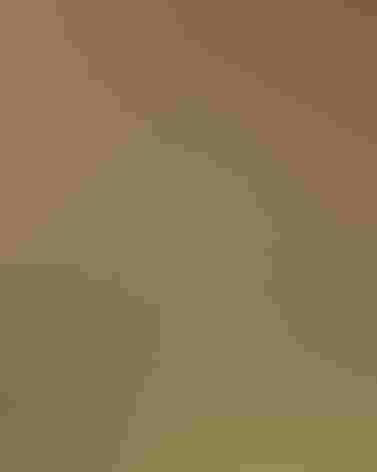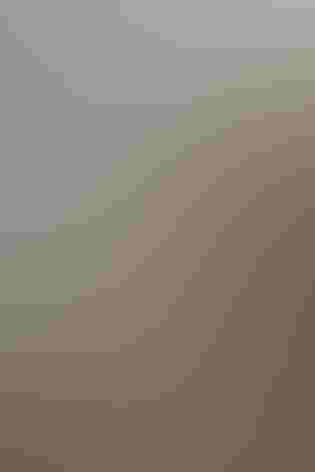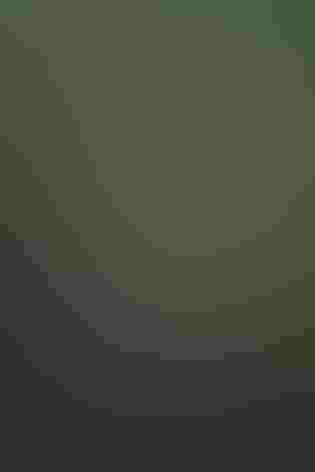Sharp-shinned Hawk
At a Glance
The smallest of our bird-hunting Accipiter hawks, this one is also the most migratory, breeding north to treeline in Alaska and Canada and wintering south to Panama. It is during migration that the Sharp-shin is most likely to be seen in numbers, with dozens or even hundreds passing at some favored points on coastlines, lake shores, and mountain ridges. At other seasons the hawks lurk in the woods, ambushing songbirds and generally staying out of sight.
All bird guide text and rangemaps adapted from Lives of North American Birds by Kenn Kaufman© 1996, used by permission of Houghton Mifflin Harcourt Publishing Company. All rights reserved.
Category
Hawk-like Birds, Hawks and Eagles
IUCN Status
Least Concern
Habitat
Coasts and Shorelines, Fields, Meadows, and Grasslands, Forests and Woodlands, Shrublands, Savannas, and Thickets, Urban and Suburban Habitats
Region
Alaska and The North, California, Eastern Canada, Florida, Great Lakes, Mid Atlantic, New England, Northwest, Plains, Rocky Mountains, Southeast, Southwest, Texas, Western Canada
Behavior
Direct Flight, Flap/Glide, Soaring
Population
1.000.000
Range & Identification
Migration & Range Maps
Some in northwest may be permanent residents, but most are migratory. Large numbers may concentrate at some points along coasts or ridges during migration, especially in certain weather conditions, but the birds are traveling as individuals, not in flocks.
Description
10-14" (25-36 cm). W. 21 (53 cm). Adults blue-gray above, pale reddish below; young brown above, striped below. Small size is sometimes apparent (but female Sharp-shin can be almost as big as male Cooper's Hawk). Tip of tail usually looks squared off (but can look rounded, especially when spread); also looks small-headed and has pencil-thin legs. Juvenile Sharp-shin may show more blurry streaking below than young Cooper's. Also compare to American Kestrel and Merlin.
Size
About the size of a Crow, About the size of a Robin
Color
Black, Brown, Gray, Red, White, Yellow
Wing Shape
Broad, Rounded
Tail Shape
Long, Notched, Square-tipped
Songs and Calls
Sharp kik-kik-kik-kik; also a shrill squeal.
Call Pattern
Falling, Flat, Simple
Call Type
Chatter, Scream
Habitat
Mixed or coniferous forests, open deciduous woodlands, thickets, edges. Usually nests in groves of coniferous trees in mixed woods, sometimes in dense deciduous trees or in pure coniferous forest with brush or clearings nearby. In winter found in any kind of forest or brushy area, but tends to avoid open country.
Sign up for Audubon's newsletter to learn more about birds like the Sharp-shinned Hawk
Behavior
Eggs
Usually 4-5, sometimes 3, rarely 1-6. Bluish-white fading to white, blotched and washed with brown. Incubation is mostly by female, 30-35 days. Male brings food to female on nest, and may sit on eggs while she is eating.
Young
Female remains near young for first 1-2 weeks after they hatch; male brings food, female feeds it to nestlings. Young may move out of nest onto nearby branches after about 3-4 weeks, can fly at about 5-6 weeks.
Feeding Behavior
Hunts mostly by perching inside foliage and waiting for small birds to approach, or by approaching stealthily through dense cover, then bursting forth with incredibly swift flight to capture prey in its talons. Sometimes hunts by flying rapidly among the trees or low over the ground, threading its way around obstacles, taking prey by sudden surprise.
Diet
Mostly small birds. Feeds mostly on birds of about sparrow size up to robin size, sometimes up to the size of quail. Also eats small numbers of rodents, bats, squirrels, lizards, frogs, snakes, large insects.
Nesting
In courtship, pairs may circle above the forest, calling; fluffy white under tail coverts may be spread out to side during some displays. Male may fly high and dive steeply into woods. Nest site is very well concealed, usually in a dense conifer (such as spruce or fir) within forest or thick grove; usually 20-60' above ground, but can be lower or higher in suitably dense cover. Sometimes builds on top of old nest of squirrel or crow. Nest is a platform of sticks, lined with bark strips, twigs, grass. Both sexes bring nest material, female may do most of building.
Conservation
Conservation Status
Numbers dropped in mid-20th century, possibly as a result of DDT and other pesticides in the food chain, then recovered somewhat through early 1980s. Since that time, counts of migrants in the east have shown significant declines again.
Climate Threats Facing the Sharp-shinned Hawk
Choose a temperature scenario below to see which threats will affect this species as warming increases. The same climate change-driven threats that put birds at risk will affect other wildlife and people, too.













